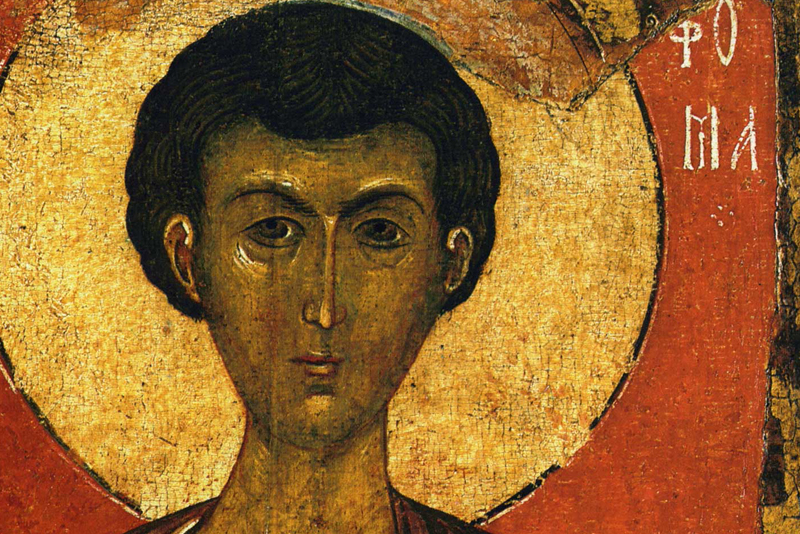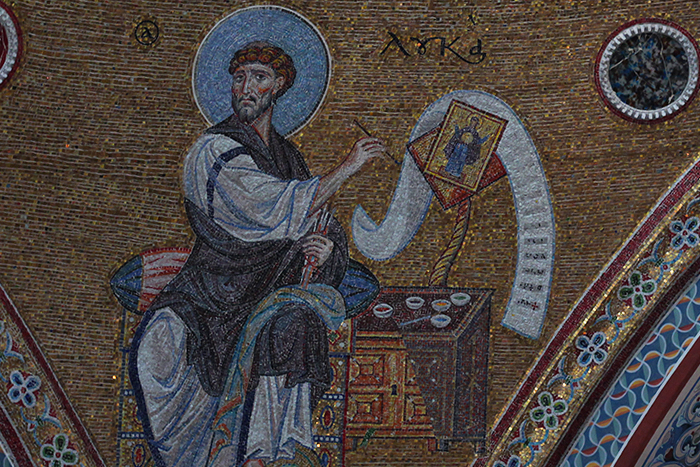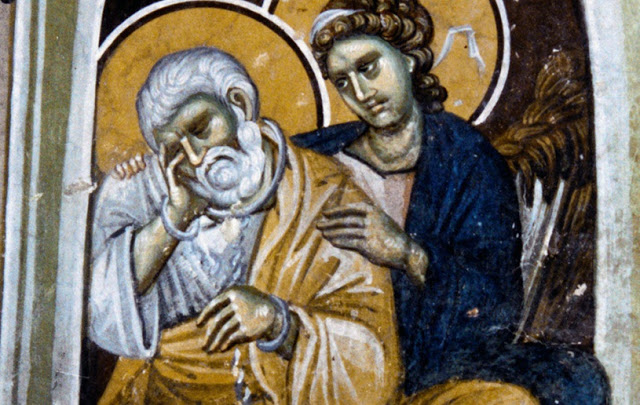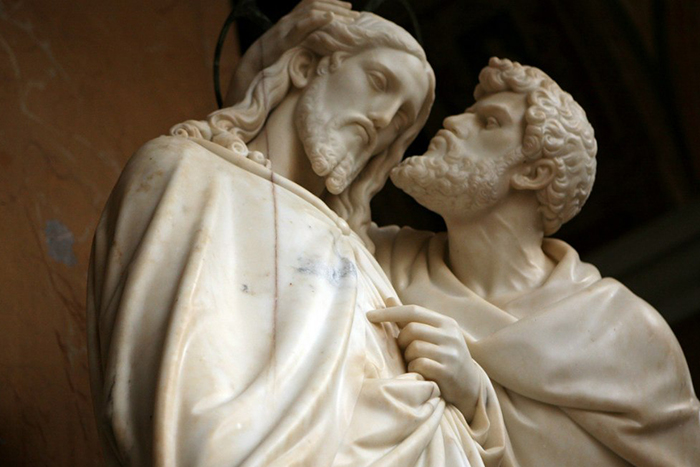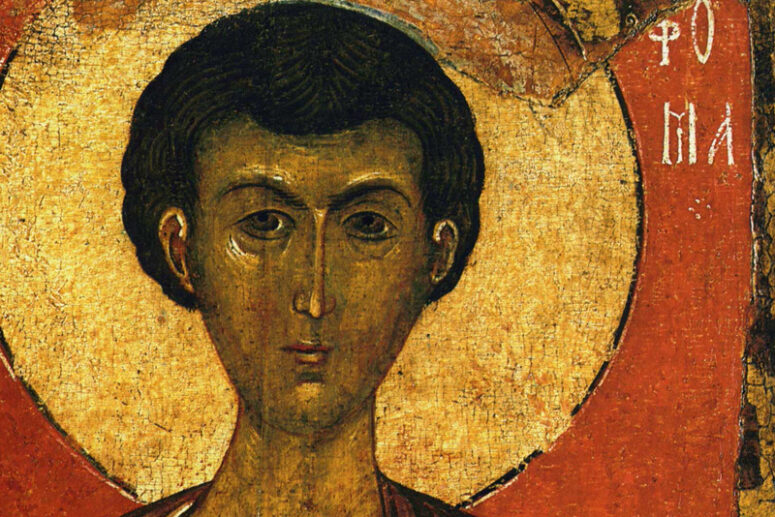
Ascending to His Father, Christ commanded His disciples and apostles to preach to all nations, “baptizing them in the name of the Father, and the Son, and the Holy Spirit” (Matt. 28:19). According to church tradition, the apostles cast lots in order to determine where Divine Providence would send each of them to preach. According to this legend, it fell to the Apostle Thomas’s lot to spread the Good News of the Gospel to distant India. What do we know about the “doubting” Thomas’s sojourn in India? And how reliable are our sources?
Church Traditions and Apocryphal Works
Acts of Thomas. How do we even know about the possible visit of the Apostle Thomas to India when the Scripture itself does not even report the presence of Peter in Rome? This is where church traditions come to our aid with more or less certainty. First of all, these are the apocryphal acts of the Ap. Thomas, a document written in the 3rd century, i.e. 200 years after St Thomas’s death. According to this early Christian apocryphal source, one of the Indian kings named Muzdeus was angry at St Thomas for converting his wife, son, and several courtiers to Christ. The king gave orders to execute the apostle, and the soldiers, leading him out of the city, pierced him with spears. Among the king’s courtiers converted by St Thomas were Greeks coming from small Hellenistic states of northern India and Bactria which had appeared due to campaigns of Alexander the Great.
Origen and Eusebius. Origen of Alexandria was one of the first ecclesiastical writers to report on Thomas’s journey to India. It is also his works that first mention the apostles casting lots. Although that particular work by Origen has been lost, it is quoted by Eusebius of Caesarea: “When the holy disciples and apostles of our Savior were scattered throughout the world, Thomas, according to tradition, received Parthia as his inheritance” (Ecclesiastical History, 1.13, III. 1). In Parthia, there were Jewish settlements that actively traded and maintained contact with India. Let us not forget that the apostles always began their sermon with “lost sheep from the House of Israel” (see Matt. 15:24). The Apostle Thomas played an important role in enlightening Abgar, the King of Edessa known to be the first Christian king, with the light of Christ’s faith. According to Eusebius, it was Thomas who, after the Ascension of the Lord, sent Thaddeus (one of the seventy disciples) to Abgar.
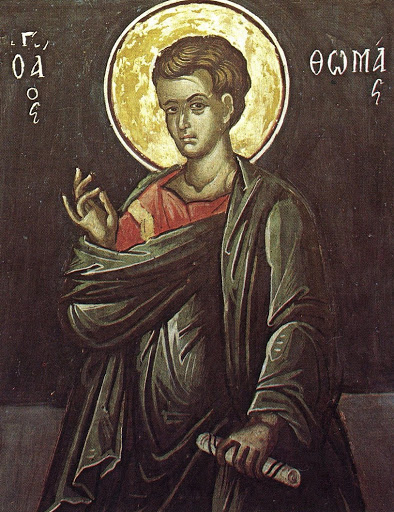
The Church Fathers. The fathers such as Saints Gregory the Theologian and Ambrose of Milan briefly mention the journey of the Apostle Thomas to India. Apparently, the legend about that was already well established by the 4th century. By that time the Venerable Ephrem the Syrian had composed several hymns dedicated to that. It is also the same time where we find information about the apostle’s relics being transferred to Edessa by one of the Greek merchants. It is surprising, but Gregory of Tours, the Gallic historian of the end of the 6th century, speaks of that already with confidence, despite his remoteness from distant Edessa. Apparently, the news of the discovery of the apostles’ relics quickly flew around the entire Christian ecumene.
Tradition of the Indian Christians
Finally, no less important is the testimony of the Indian Christians themselves. Among them there are communities of believers that consider themselves to be the direct successors of the Apostle Thomas. They are called Christians of Saint Thomas or Malabar Nasrani (Nasrani is the Arabic term for “Christian”, which originates from the ancient Christian name “Nazarene”). This ethnoreligious group of Indian Christians in the state of Kerala on the southwestern Malabar coast of India, historically identifies itself with Syrian Christianity, a prominent representative of which is St. Ephraim the Syrian. Christians of St. Thomas serve according to the Eastern or Western Syrian liturgical rites. At present time representatives of this group are distributed between Protestant confessions, Eastern Catholic churches in communion with Rome and other denominations in communion with the Oriental churches.
These Christians trace their lineage from the seven semi-legendary church communities founded by the Apostle Thomas in the middle of the 1st century. According to their legends, in the year of 52 the apostle landed in Muziris, an ancient city that stood at the intersection of trade routes from India to Persia (the exact location is unknown), and underwent martyrdom in the year 72.
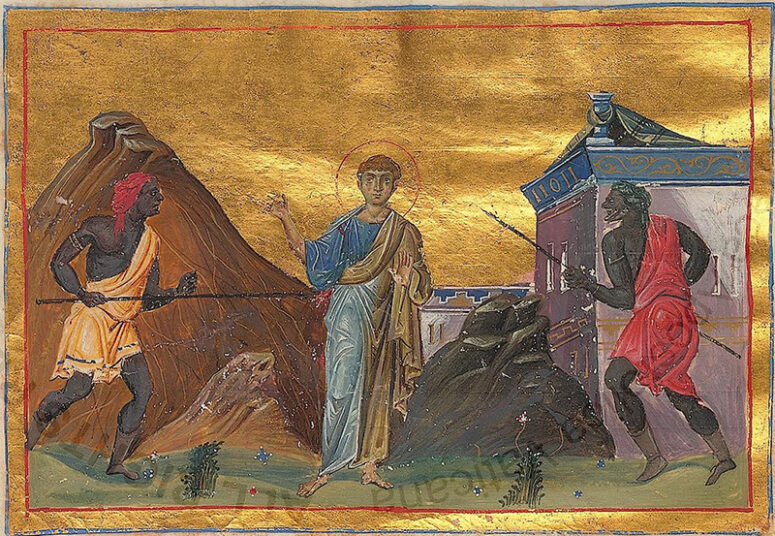
Are these rather meager legends about the Apostle Thomas true? From a scientific point of view, much of this data is simply impossible to substantiate historically. At the same time, it cannot be convincingly refuted. The fact remains: these legends are so ancient and they come from such diverse sources that the very fact of their presence speaks in favor of St Thomas’s apostolic mission in India.

